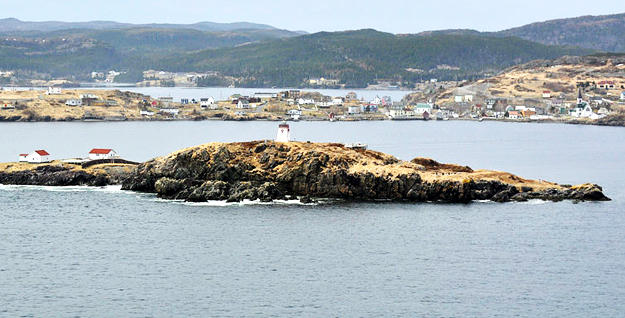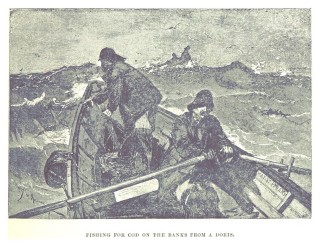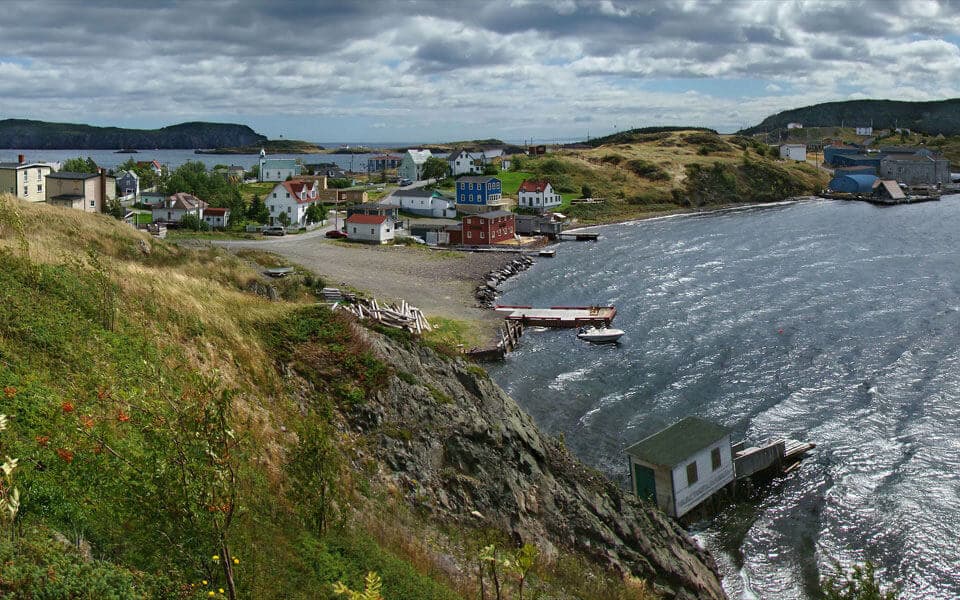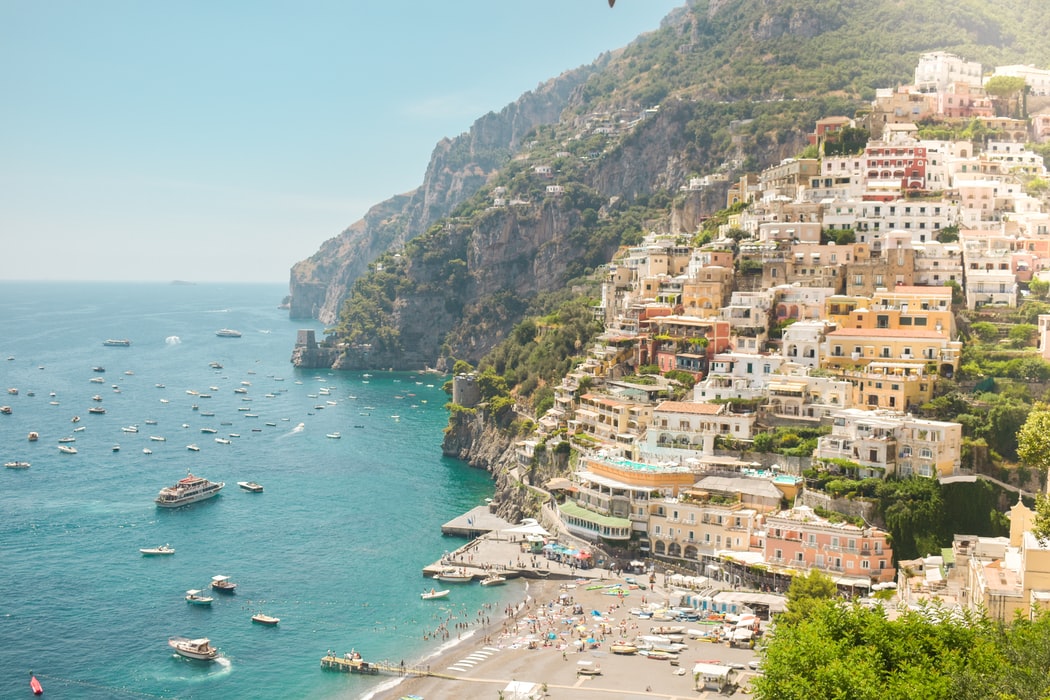Must Sees
North America
Published on August 29, 2014
In Deep: Trinity, Newfoundland
By Tom Abraham
Trinity, Newfoundland is unfailingly referred to as one of the most picturesque villages in the province—the quintessential Newfoundland fishing outpost. In fact, while it now has a modest population and equally dependent upon tourism as anything else, Trinity was once a thriving fishing and trading hub more populous than St. John’s.
The Harbour of Trinity, Newfoundland
A Harbour Home to History
The harbour was first used by European fishermen in the early 16th century, attracted by its defensible harbour and plentiful shore space for fishing settlements. By the early 18th century, Trinity was home to some 300 English fishermen each summer. Not surprisingly, shipbuilding sites and warehouses were soon erected, and Trinity became an important commercial centre, with English merchants exporting cod, oil, seals and salmon.

By the mid-19th century, technology, the building of the railroad, and other factors lead to St. John’s replacing Trinity as Newfoundland’s main commercial centre, and the town experienced a decline in both population and affluence. In recent years, however, the government and the town’s proud citizens have worked together to lovingly restore and preserve its historic sites—including some of the province’s oldest buildings, whose architectural flourishes are a reminder of the affluence of the time in which they were erected.
Where’s the “feesh”?

Two major currents clash off the coast of Newfoundland. From the Arctic, flowing south, the Labrador Current is 400 m (1,312 ft.) deep and about 350 km (217 mi.) wide and is packed with rich minerals and microscopic plankton. This current competes with the Gulf Stream, flowing north with a width of 400 to 800 km (248 to 497 mi.). The cold and warm waters host a massive amount of plankton, a smorgasbord for capelin and small cod to feed on.
No other animal has marked the history of a country like codfish has to Newfoundland—from the 1500s to the early 1990s, the entire economy of Newfoundland was based on cod fishing; in 1991, Newfoundland fisherman caught 180,000 tonnes of cod. Then disaster struck: the fish stocks collapsed and in 1992 the Federal Government closed the cod fishery. Fish plants closed down, ports became ghost towns, and generations of fishermen suddenly faced wrenching decisions.
Who or what was to blame?
Over-fishing by huge European and Asian factory ships? The disappearance of capelin? Global warming? The federal bureaucrats’ long resistance to reducing fishing quotas despite the warnings of their biologists? Those same biologists’ inability to predict such a rapid decline? Or the Newfoundland fishermen themselves for insisting the quotas stay high? The only guarantee is that we will not see a recovery in our lifetime, if ever; in 2004, less than 15,000 tonnes of cod were harvested, much of it from fish farms. “The feesh, she’s gone b’y…”
Despite this environmental disaster—or, more accurately, because of it—the Newfoundland fishery is much more diverse than in 1992, with shellfish now being the largest sector. The total catch in tonnes is still lower than in the 1990s, but the revenue has actually gone up—to $627.5 million in 2004 from $263.5 in 1991.
A Bit About Cod
A codfish can grow up to 96 kilograms, and the female can carry as many as 9 million eggs at once. Spawning must take place between 1.5 and 7° Centigrade. Cod are known to be omnivorous—in the most literal sense of the word! There are great stories of them eating seabirds, soap bars, metal, scallops, even lobsters! Sadly, these eating machines, which were once so numerous you could fish them just by lowering a basket into the water, are virtually gone from Canadian waters.

